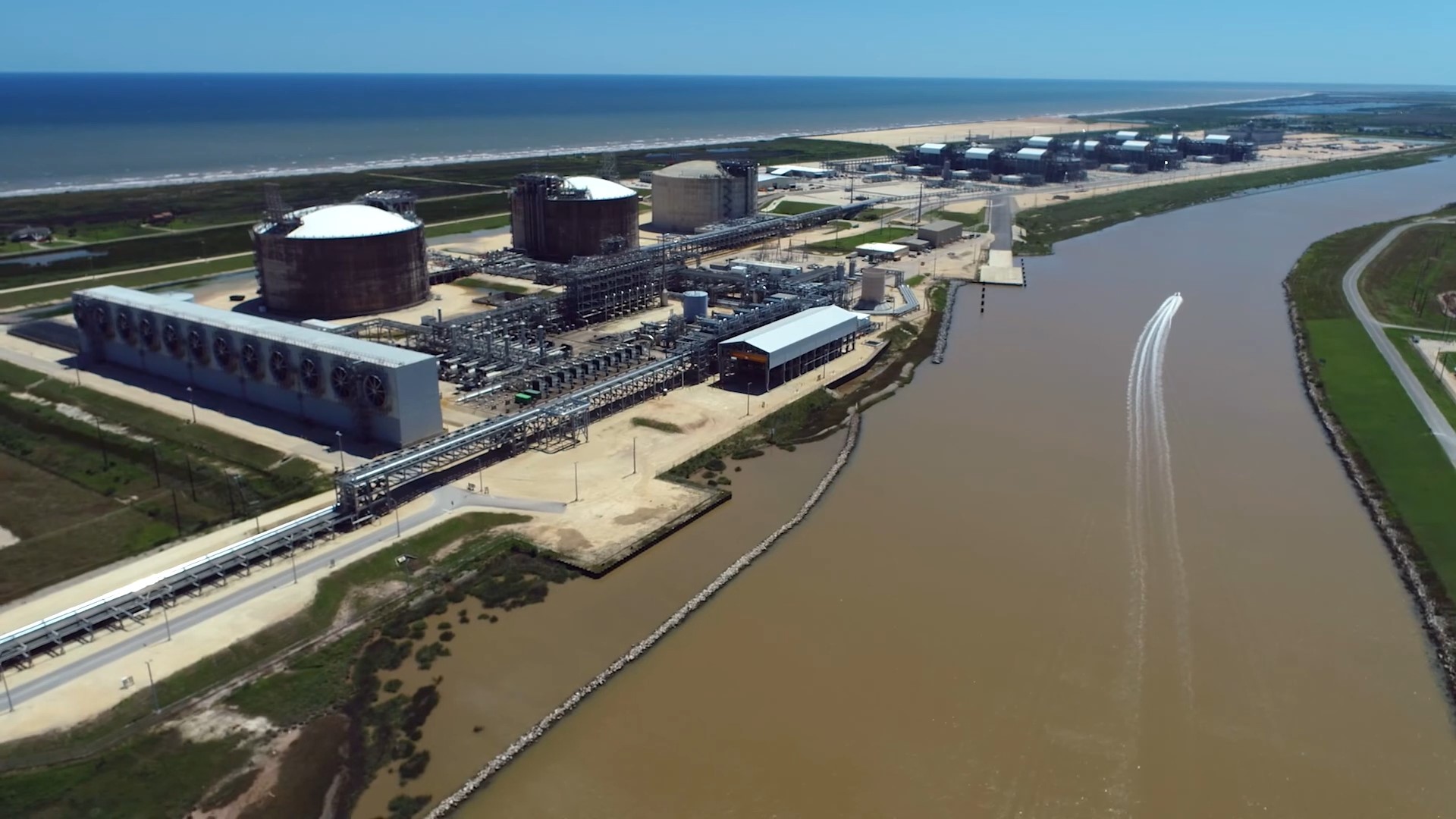Natural gas deliveries by pipeline to US LNG export facilities reached a record high in the first half of this year, following the Freeport LNG terminal’s return to service, according to the US Energy Information Administration.
LNG feed gas averaged 12.8 billion cubic feet per day (Bcf/d) in the first six months of 2023, the EIA said, citing data by S&P Global Commodity Insights.
Over this period, LNG feed gas averaged 8 percent, or 1 Bcf/d, more than the 2022 annual average and 4 percent, or 0.5 Bcf/d, more than the same six-month period in 2022, the agency said.
LNG feed gas set a monthly record in April 2023 at 14 Bcf/d, supported by high international demand for US LNG exports, particularly in Europe, it said.
Moreover, LNG feed gas declined slightly in May and June and averaged 13 Bcf/d and 11.5 Bcf/d, respectively, primarily because of maintenance at several US LNG export facilities, including Sabine Pass and Cameron.
LNG feed gas levels are typically higher than LNG export levels because LNG export terminals consume some of the feed gas to operate on-site liquefaction equipment.
All US LNG export facilities, except Freeport LNG, use natural gas turbine-driven refrigerant compressors to convert natural gas from a gaseous to a liquid state, or LNG, the agency noted.
Freeport LNG is the only liquefaction facility in the US that uses electric motors instead of natural gas turbines to drive refrigerant compressors. As a result, most of Freeport LNG’s feed gas is converted into LNG.
US LNG exports to average 12 Bcf/d in 2023
The EIA expects US LNG exports to average 12 Bcf/d in 2023 and 13.3 Bcf/d in 2024, as two new LNG liquefaction projects are expected to come online—Golden Pass and Plaquemines.
Global economic conditions and demand for natural gas in Europe and Asia may affect this forecast, it said.
The assumed ongoing replacement of Russia’s natural gas exports by pipeline to Europe with LNG supports higher US LNG exports going forward, the EIA said.
Limited growth in global LNG export capacity in the next two years may increase the need for destination-flexible LNG supplies, mainly from the US, it added.

